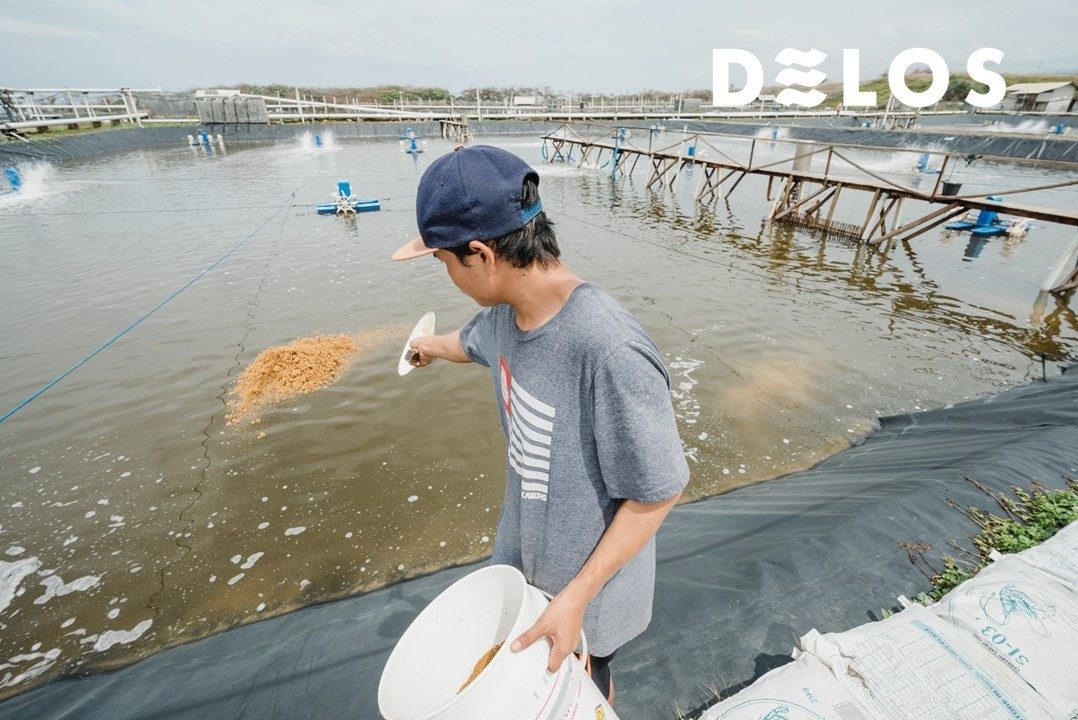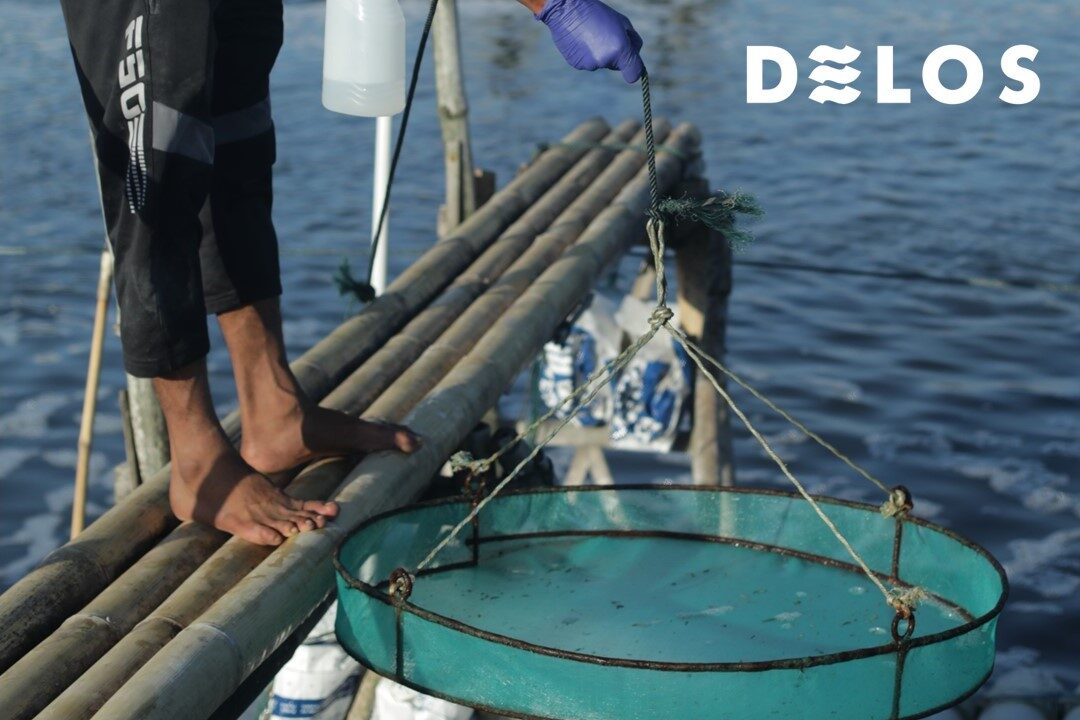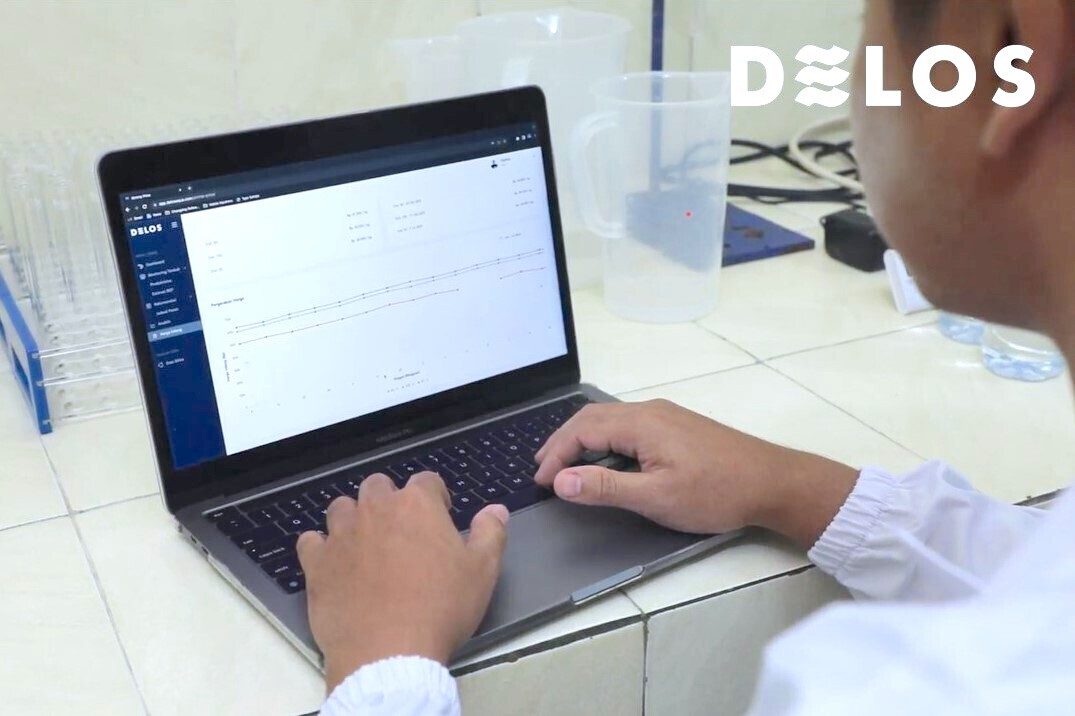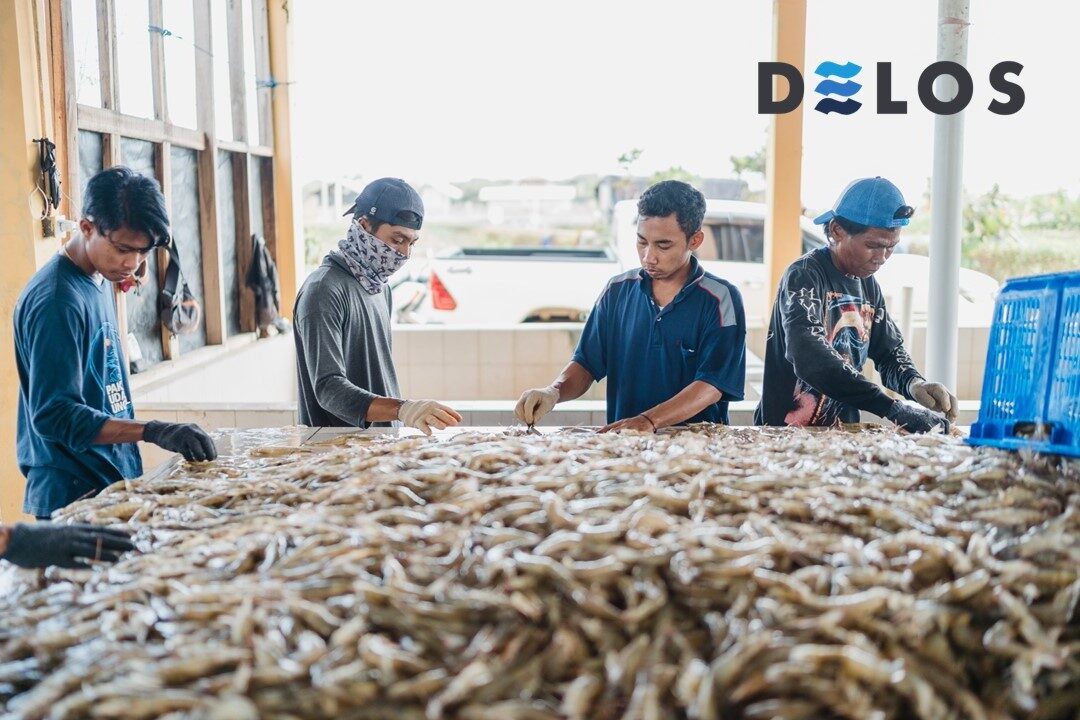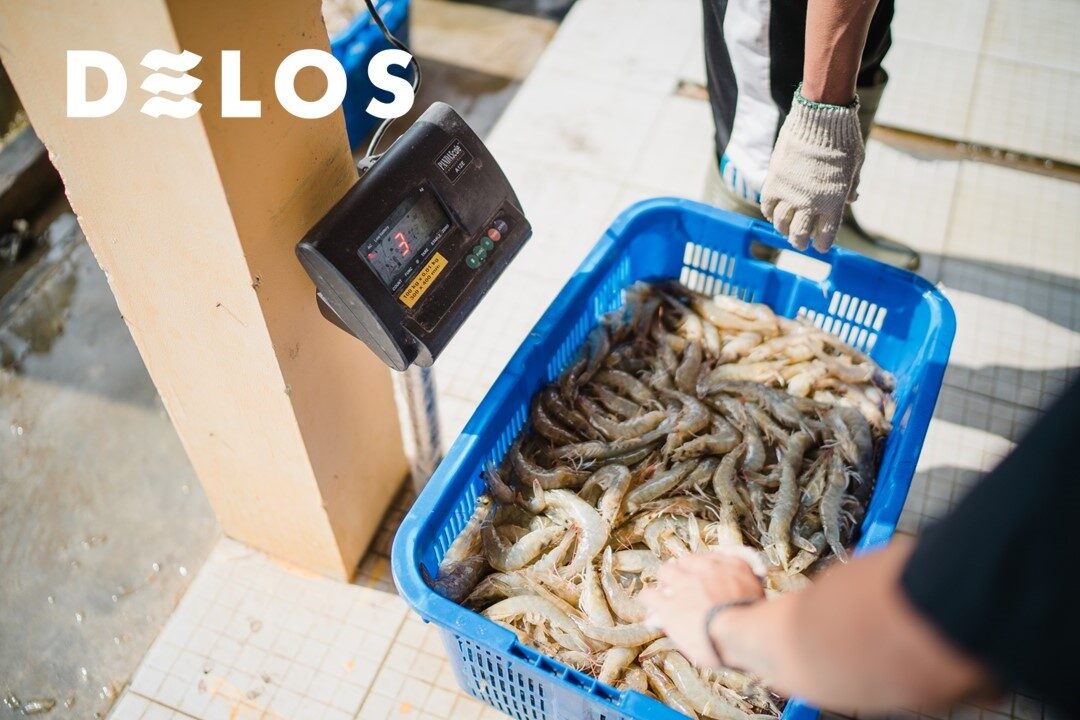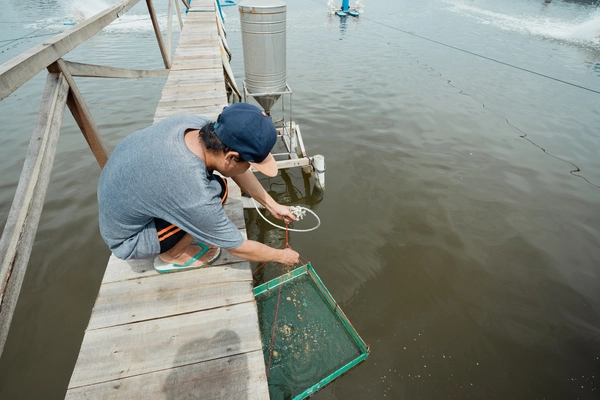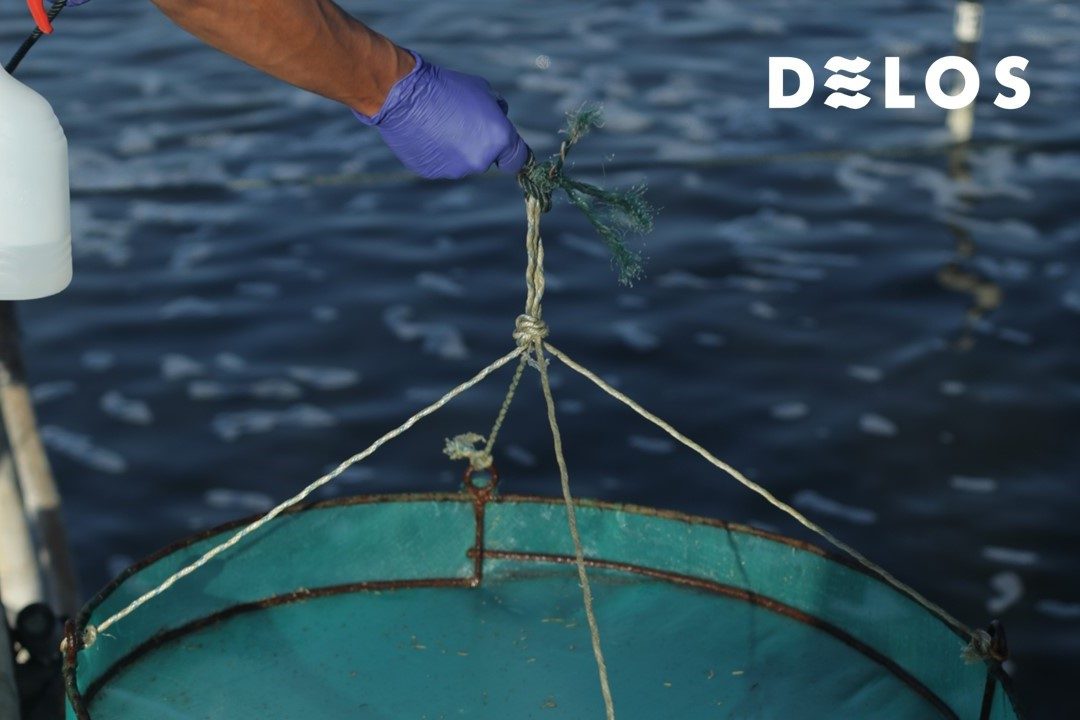Vannamei Shrimp Feed Management Tips for Your Anti-Loss Cultivation!
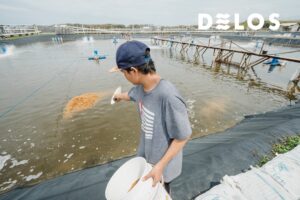
Feed in vannamei shrimp cultivation is an essential component for shrimp growth. In addition, the feed also affects the amount of capital issued by farmers. Not surprisingly, everyone wants to implement good vannamei shrimp feed management, so they don’t lose money.
In addition to feeding management, feed quality also determines the quality of the vannamei shrimp produced at harvest. Feed must contain sufficient nutrition, starting from protein, carbohydrates, vitamins, and minerals.
So, for the vannamei shrimp farming that you are doing to be a big success and of high quality, here are feed management tips that you should pay attention to.
Also Read: Cultivating Vannamei Shrimp with Biofloc System
Why Should Shrimp Farmers Know Effective Feeding Practices?
During shrimp cultivation, feed is the component that consumes the most capital, accounting for around 50-70% of the total capital invested. Therefore, it is important for farmers to practice effective feeding to ensure optimal shrimp growth while also minimizing the budget spent.
Good and effective feeding is tailored to the age and weight of the shrimp to maximize their growth. If farmers make mistakes in this regard, the risk of losses can loom large.
Furthermore, uneaten feed can cause problems in the pond environment, such as the accumulation of organic waste. The side effects of overfeeding include feed being left uneaten by the shrimp and eventually settling at the bottom of the pond. This leftover feed can generate ammonia, nitrite, and nitrate, which are harmful to shrimp survival.
Food and Eating Habits of Shrimp
Shrimp is an omnivore or all-eating group. Shrimp usually eat phytoplankton, copepods, larvae, and lichens in the wild. Meanwhile, if raised in ponds, farmers usually provide artificial feed as the main feed.
Artificial feed is deliberately prepared for vannamei shrimp, usually in the form of pellets or crumbles. In this artificial feed, shrimp need essential nutrients to grow and develop properly.
The nutrients needed by vannamei shrimp include protein, fat, vitamins, essential amino acids, carbohydrates, and minerals. These nutrients play an important role in the growth and development of vannamei shrimp.
The artificial feed has special criteria, such as having nutrients according to the needs of the shrimp, the feed being easy to digest and the diameter matching the opening of the shrimp’s mouth, and the shrimp’s body quickly absorbing the nutritional content.
Also Read: How to Cultivate Vannamei Shrimp from Cultivation to Harvest
Profitable Vannamei Shrimp Feed Management Tips
Feeding for vannamei shrimp cultivation is an important thing that every farmer must consider. Items that need to be considered include the type, frequency, size, and total feed requirements during cultivation.
Efficient use of feed during vannamei shrimp cultivation is one of the factors for successful cultivation. This is because feed is the most expensive factor of production. For that, here are vannamei shrimp feed management tips that you can use as a reference.
1. Determine the Amount of Feed Based on the Age (DOC) of Shrimp
Determination of the amount of feed given to vannamei shrimp must be based on the age of the shrimp. For example, for shrimp with DOC under 30 days, feeding can be done by blind feeding because feed requirements cannot be calculated accurately.
Meanwhile, when the DOC of shrimp is more than 30 days, farmers must carefully calculate the amount of feed given according to the needs of the shrimp. Usually, the calculation is based on the survival rate, the average body weight of the shrimp, and the feeding rate.
2. Frequency of Feeding
The frequency of feeding is the second thing that must be considered when managing vannamei shrimp feed. Feed consumed by shrimp normally will be processed for 3-4 hours after consumption. This can be a benchmark that you can use in determining the frequency of feeding each day.
In addition, the condition of dissolved oxygen (DO) in the pond can also be another consideration. This is because DO affects the vannamei shrimp metabolic process. Therefore, ensure the feeding is done when the pond water DO is in good condition.
3. Make Sure the Method of Feeding is Done Correctly
Artificial feeding for vannamei shrimp is usually carried out from when the fry begins to be stocked until the harvest. However, the types of feed given are differentiated based on the age (DOC) of the shrimp. In addition, the amount of feed must also be considered carefully so that the shrimp have a sufficient feed.
Feeding can be done in two ways: direct distribution around the pond area and feeding placed in the feed anco.
While still in the early stages of cultivation, feeding in the form of crumble must be mixed with water so that the feeding is evenly distributed, sinks quickly, and does not scatter in the wind. Furthermore, feeding can be spread directly around the pond or using anco.
Also Read: The Efficiency of Vannamei Shrimp FCR for Successful Cultivation
Get the Best Vannamei Shrimp Feed at DELOS AquaLink
Good feed management is the key to the success of vannamei shrimp farming. The nutritional content and type of feed greatly affect the growth and development of this shrimp with the Latin name Litopanaeus vannamei. In addition, the type of feed and the nutritional content in it must also be adjusted to the age of the shrimp.
If you want to get good and quality vannamei shrimp feed, DELOS has a Supply Chain Integration program that can help meet your shrimp pond cultivation needs. It starts from the need for feed, medicine, logistics, and other needs.
This Supply Chain Integration program called DELOS AquaLink that connects our partners with suppliers and buyers to get products with the best quality and price.
To join this program, contact DELOS via contact@delosaqua.com or submit via the contact column on our website www.delosaqua.com. Let’s start doing aquaculture business with DELOS!



